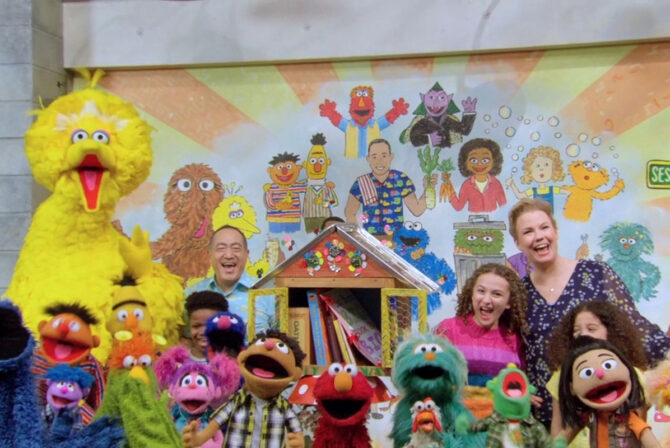Rosh Hashanah is the Jewish new year, a fall holiday that calls for both rejoicing and serious introspection. According to Jewish tradition, Rosh Hashanah is the birthday of the world and also the time of divine judgment. Rosh Hashanah is followed, ten days later, by Yom Kippur. Together these two days are called the High Holidays.
What It’s All About
Leading up to Rosh Hashanah and throughout the holiday Jewish tradition stresses the ideas of judgment and repentance, encouraging us to make amends for the wrongs we may have committed over the course of the previous year and set our ethical and spiritual path for the coming year.
In the Community
Rosh Hashanah is observed both in the community and at home. Reform Jews celebrate the holiday for one day, while Conservative and Orthodox Jews observe Rosh Hashanah for two days. Services are held in synagogues, with a special liturgy that emphasizes the themes of the holiday. In the midst of the liturgy you hear blasts from the shofar, made from a ram’s horn. The call of the shofar sounds like a person or an animal wailing, and serves to remind Jews to call out to the Divine and change their lives for the better.
Many people have the tradition, on the afternoon of the first day of Rosh Hashanah, of throwing crumbs or pieces of bread in a flowing body of water. The bread represents the sins, which we (hopefully) cast away on Rosh Hashanah. This ritual is called tashlich, and comes with a short prayer.
At Home
Many people gather for large family or communal meals on Rosh Hashanah. A round challah replaces the normally braided bread, the circular shape symbolizing the eternal circle of life. The challah is traditionally dipped in honey, representing hopes for a sweet new year, and already-sweet apples are also dipped in honey for the same reason. Honey cake and apple cake are common desserts at the end of this festive meal. Sephardic families sometimes observe a seder-like ritual, with even more special foods that symbolize blessings for the new year.







